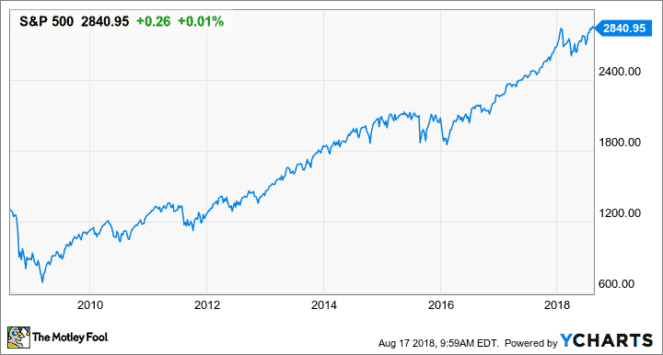“Two super-contagious diseases, fear and greed, will forever occur in the investment community. The timing of these epidemics will be unpredictable … We simply attempt to be fearful when others are greedy and to be greedy only when others are fearful.” – Warren Buffett
There’s no denying it: in order to have sustained investment success, you need to be able to go against the herd.
Investing is all about buying low and selling high, after all. So, if you’re consistently purchasing things that no one wants (buying low) and selling things that everyone’s fighting for (selling high), it’s a great recipe for outsized, long-term gains.
But here’s the thing: no matter how many people claim to be contrarian investors, very few are.
Why? Because being contrarian is emotionally tough. While a smart part of us knows that we should be jumping in to take advantage of stock plunges, an even bigger part usually convinces us that the risks are just way too scary. And while a smart part of us knows we should be selling into a rising market, a larger part convinces us to keep ridin’ the gravy train!
No matter how much we try to go against the herd, the truth is that we take a great deal of comfort from that very same herd.
You know what else complicates matters? It’s the fact that moving with the crowd can often work — really, really well! A clear example of this is the U.S. stock market over the past eight years.
Check it out:

As you can see, in the case of U.S. stocks, it would have paid very handsomely (and continues to pay handsomely) to be a follower.
Simply put, there’s just no easy way to consistently be contrarian. The emotional anguish of betting against Mr. Market coupled with the fact that momentum investing actually works at times, makes it extremely difficult.
But there are two questions you can ask yourself to make contrarian life a bit easier.
The first question: “Price aside, am I comfortable with the quality of this company (or market)?”
And the second question: “Is the valuation reasonable?”
If the answer to both of those questions is “NO,” it’s usually a good time to bail or remain on the sidelines. And if the answer is “YES,” it might be a good idea to start scooping up some cheap shares.
So, what’s the point of those two questions? Simple. The point is to frame your investment decisions in terms of valuation, quality, and the risk/reward trade-off — not simply on how the price has been trending. In other words, you want to base the degree of your contrarian-ness (for lack of a better term) on fundamentals, not the stock chart.
The bottom line
Give it a try, my fellow Fools. Whether you’re trying to figure out if weed stocks like Aurora Cannabis (TSX:ACB) and Aphria (TSX:APH) are worth buying after their slide in recent months, or if you’re wondering about taking profits off the table from a high flier like Aritzia (TSX:ATZ), those two questions can help you decide whether to move against the market or not.
As long you focus on the fundamentals and your own personal risk tolerance, being contrarian doesn’t have to be so painful.
Fool on.







